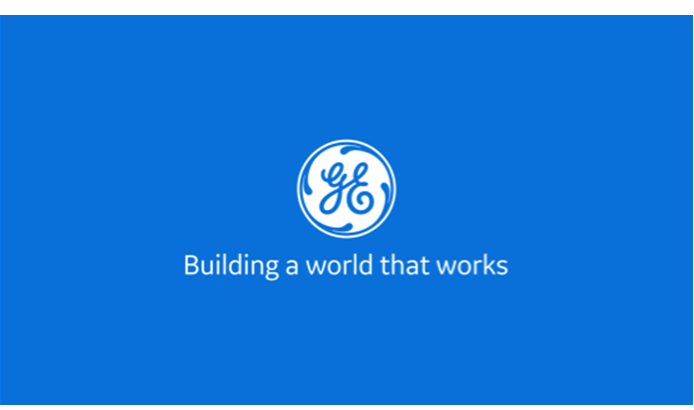THE ENERGY TRANSITION IN THE LAND DOWN UNDER
Long reliant on coal to make electricity, Australia is increasingly looking to renewable sources like wind and solar. But generating reliable, renewable power demands shoring up the grid when the breeze won’t blow and the sun won’t shine. Utilizing natural gas power is an efficient way to do it while also turning down coal-fired power. That’s why EnergyAustralia’s new Tallawarra B Power Station just south of Sydney is critical to Australia’s energy transformation. Powered by a GE 9F.05 gas turbine, the plant will smooth power supply gaps by generating approximately 316 megawatts of quickly dispatchable power, enough to supply the equivalent of 150,000 Australian homes.
Hello hydrogen: But there’s more. Unlike the rest of GE’s installed F-class fleet — which has clocked 24 million operating hours across 40 countries — Tallawarra’s gas turbine will be the first 9F unit to run on a blend of natural gas and hydrogen. When combined with air and burned, hydrogen — the universe’s most abundant element — can drive a modern gas turbine and reduce carbon emissions potentially to zero. Soon, Tallawarra promises to be a foundational customer for a potentially powerful hydrogen-supply hub. “Hydrogen is quickly emerging as a major economic opportunity for our state, and this investment will keep us ahead of the curve by positioning New South Wales as a world leader in hydrogen production,” says NSW Treasurer Dominic Perrottet.
To read more about how GE is helping Australia ease away from coal-fired power with natural gas and hydrogen, click here.
SUPERCOMPUTER TAKES UP FLIGHT
How does a supercomputer earn its wings? Modeling complex turbulence to help engineers improve critical jet-engine turbines is a pretty good start. Researchers at GE Aviation and the University of Melbourne have been using supercomputers to study turbulent flows — the powerful, dynamic mixtures of hot gases that rush from an engine’s combustion chamber and through its high-pressure turbines to power the aircraft. These turbines are critical to jet engine propulsion, so even tiny improvements in their efficiency can mean big cost savings for the aviation industry.
Going with the flow: To map the complexities of the propulsive flow as accurately as possible, the team at Aviation solicited help from the most powerful computer in the country: the Summit supercomputer at the U.S. Department of Energy’s Oak Ridge National Laboratory. With Summit, the team is better equipped to model real engine conditions, studying how turbulent flows transfer heat close to the turbine blades. “Our flow speeds and everything else were similar to what you would really have inside of the engine,” says Sriram Shankaran, a consulting engineer at GE Aviation. Using direct numerical simulations, or DNS, the team captured the full range of turbulence scales in a single model. “These are as close to reality as you can get,” Shankaran says.
Read more here about how Summit is making aviation smarter and more efficient.
AI AGAINST CANCER
Last week, a group of healthcare industry experts that included Mathias Goyen, GE chief medical officer for Europe, the Middle East and Africa, discussed the potential of artificial intelligence. AI in healthcare is “not science fiction, it’s science fact, and it’s here to stay,” Goyen said, noting that AI technologies are already helping clinicians make “more informed clinical decisions with higher diagnostic confidence.”
Oncology on the move: The discussion took place during the Healthcare Information and Management Systems Society’s HIMSS21 & Health 2.0 European Health Conference, a virtual gathering of industry leaders from Europe and the U.S. Reporting on the session, Healthcare IT News wrote that “while AI is already widely used in oncology in image analysis and other areas, exciting new applications are being trialed at leading cancer centers across the globe. This includes research into ever-more advanced AI tools to support clinical workflow and to identify biomarkers for early disease detection.”
Read more about the AI discussion here, and take a look at our interview with Goyen and GE Healthcare CEO Kieran Murphy here.
In 2020, journalist and filmmaker Mikey Kay traveled the world in search of stories about the healthcare industry’s response to the pandemic. Watch to learn about this mission and the man behind it.
— QUOTE OF THE DAY —
“Australia wants to be the hydrogen supply depot to Asia. But to do it, they have to anchor their own demand.”
— Jeff Goldmeer, emerging technologies director at GE Gas Power
Quote: GE Reports. Images: GE Gas Power; Richard Sandberg, University of Melbourne; GE Healthcare.








